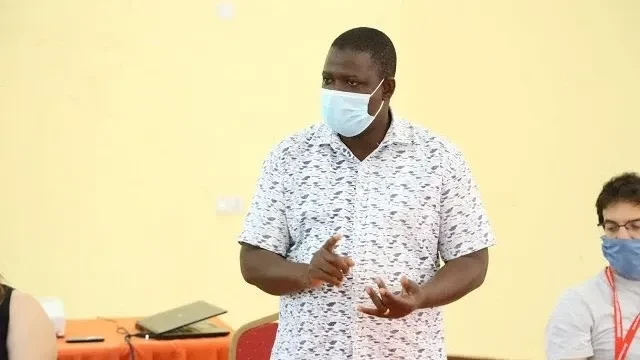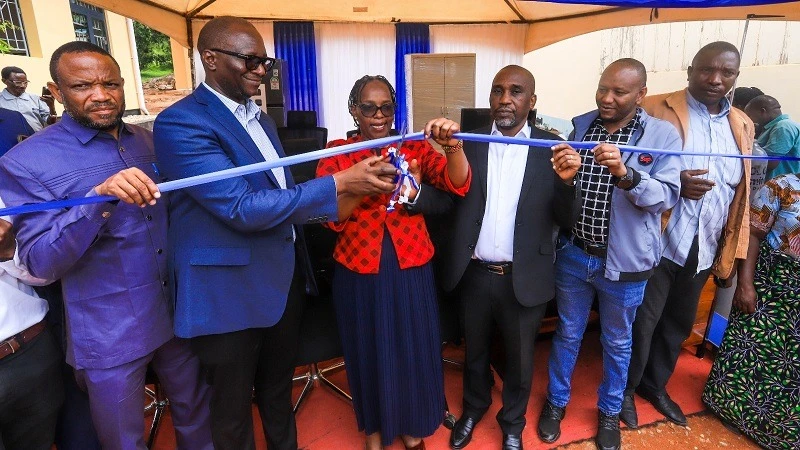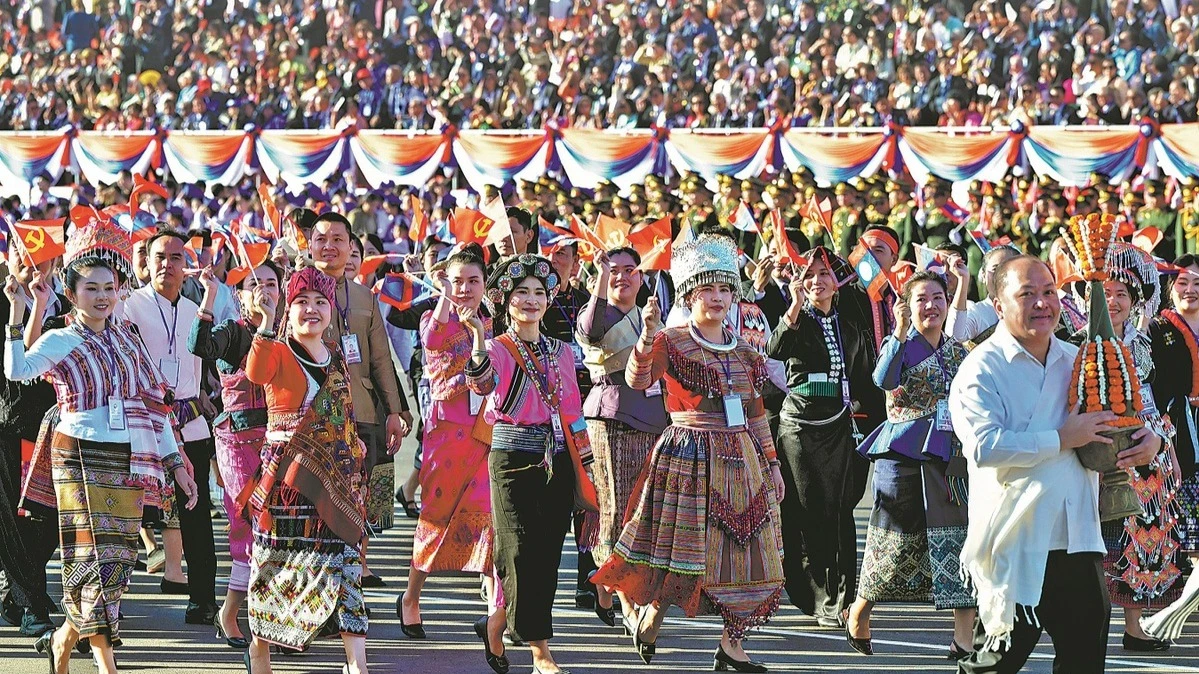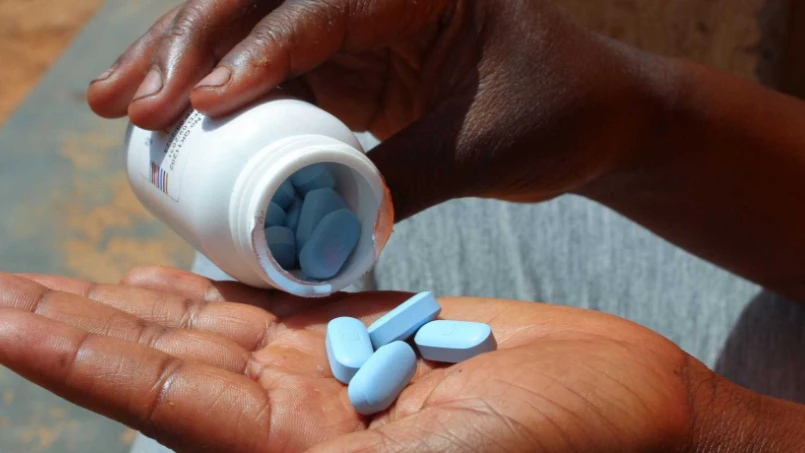Forecast system unveiled to shield Dar from extreme heat
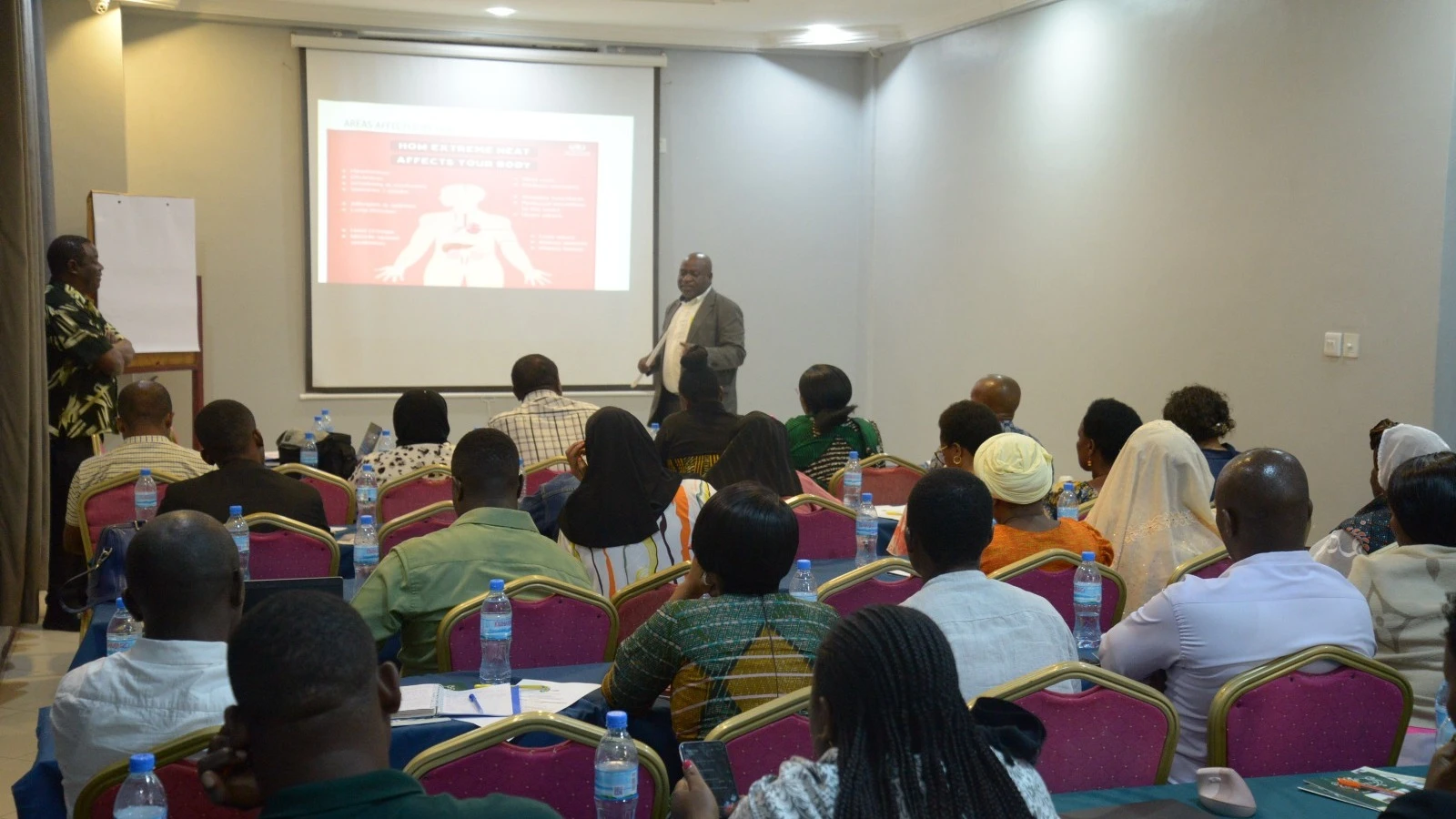
IN a move to address the growing dangers of extreme heat linked to climate change, the Tanzania Meteorological Authority (TMA), in collaboration with key stakeholders has developed a new “Heat Index Forecast Product” aimed at providing early warnings to communities and protecting vulnerable populations from heat-related health risks.
The initiative is implemented under a project dubbed ‘Developing Risk Awareness through Joint Action (DARAJA)’, led by the Centre for Community Initiatives (CCI) in collaboration with key partners. Supported by the UK’s Department for International Development (DFID), DARAJA forms part of the UK Met Office’s Weather and Climate Information Services for Africa (WISER) Programme, delivered through Resurgence UK.
The forecast product is a community-friendly tool designed to integrate real-time weather data, especially temperature and humidity to estimate how hot it actually feels on the ground. The information will be used to issue timely alerts to the public, enabling people to take preventive measures against heat stress.
It was officially introduced during a stakeholders’ workshop in Dar es Salaam recently, where participants reviewed the product and strategized on its implementation at community level.
Organised by the Centre for Community Initiative (CCI), the event brought together government, health professionals, media, community organisations and international partners.
Dr Joyce Makwata, a weather expert at TMA, explained that like many other African countries, Tanzania faces intensifying heat waves, a clear signal of escalating climate change impacts.
She emphasized the tool’s role in delivering heat alerts based on localized temperature and humidity data. These alerts will help residents take precautions during dangerous heat periods.
Dr Alfred Kondowe, a meteorologist with the Tanzania Meteorological Authority (TMA), explained that the elevated temperatures across various regions of the country are primarily due to the current position of the sun directly overhead. The phenomenon leads to a rise in temperatures, compounded by a lack of rainfall in many areas.
He said in Tanzania, the overhead sun reaches its peak toward the end of November, when the sun moves southward, and continues until February when it shifts back northward.
Dr Kondowe also noted that increased humidity, particularly in coastal and nearby regions, has exacerbated the heat, making it feel even hotter than the actual reported
“The rise in relative humidity, driven by ocean moisture, intensifies the heat, causing the body to feel hotter than the recorded temperatures,” he said.
He emphasized that TMA works on improving its heat prediction systems to provide more accurate and timely warnings, helping residents take necessary precautions to safeguard their health and well-being.
Dr Nelson Mabrouk, a health expert from the Dar es Salaam City Council’s Medical Department, warned that heat-related illnesses are on the rise, particularly among the elderly, children, and outdoor workers.
He cited increasing cases of dehydration, mental health disturbances, and aggravated chronic conditions such as cardiovascular and respiratory diseases.
He outlined key health risks such as heat stroke, heat exhaustion, heat cramps, and worsening of pre-existing medical conditions.
Dr Mabrouk advised the public to stay hydrated, avoid alcohol and sugary drinks, wear light clothing, and limit outdoor exposure during peak heat hours (11 a.m. to 4 p.m.).
People are also encouraged to wear lightweight, light-colored clothing and to limit outdoor activities between 11 a.m. and 4 p.m., when the sun is most intense.
Heat exhaustion where symptoms include heavy sweating, weakness, and nausea, often preceding a heat stroke if untreated.
Heat cramps involving painful muscle spasms due to salt loss through excessive sweating and dehydration –which involve excessive sweating causes fatigue, dry mouth, headaches and dizziness.
Other risks include worsening of chronic diseases such as cardiovascular problems due to heat stress on the heart, and respiratory illnesses aggravated by poor air quality, including asthma.
Mussa Raido from the DARAJA Project said CCI in collaboration with partners conducted a community-led climate adaptation research study at Kombo Mtaa in Vingunguti Ward, Dar es Salaam, revealing that residents and local leaders are deeply concerned about worsening heat waves.
Led by CCI and the Tanzania Federation for the Urban Poor (TFUP), the study shed light on the vulnerability of low-income populations living in environments prone to flooding, wind, and rising temperatures.
It showcased how their initiative is already working with mtaa leaders, media and schools to localize climate information.
Dr Tim Ndezi, CCI executive director emphasized the need for grassroots engagement, with residents, teachers, journalists, and mtaa leaders playing a vital role in ensuring that heat warnings are not only received but understood and acted upon.
Contributions from participants stressed that the system must go beyond forecasts—reaching informal settlements, integrating local languages, and equipping health workers with early guidance.
Contributions from stakeholders including ForumCC, UN World Food Programme (WFP), Red Cross Tanzania, CAN Tanzania, ward leaders, teachers, Dar es Salaam City Council officials, community members and journalists highlighted the need for Kiswahili-based messaging, radio broadcasts, SMS alerts and community ambassadors to help interpret forecasts and advise at-risk groups.
Husna Chechonge, from Tanzania Urban Poor Federation (TUPF) also commended CCI for the project which has greatly helped stimulate access of weather information among the population in informal settlements.
She hailed the increasing efforts of stakeholders to enhance the knowledge and understanding of the populace regarding weather information.
Tabia Mustafa, TUPF coordinator for Ubungo district emphasized the importance of tailoring communication in Kiswahili, using radio and mobile platforms and training local champions to interpret and spread the heat alerts.
While many African nations experience extreme heat, the availability of dedicated heat index forecasts (which combine temperature and humidity to indicate how hot it feels) is not consistently reported across the continent.
Countries like India and the Philippines have successfully introduced heat action plans and early warning systems that focus on urban poor communities. In India’s Ahmedabad city, for example, municipal authorities work with health departments, schools and local leaders to implement a citywide heat action plan that includes hospital readiness, water distribution points, and public education campaigns. Similarly, the Philippines has rolled out temperature alerts and emergency protocols through community disaster risk reduction committees, which are trained to respond to both floods and extreme heat.
Top Headlines
© 2025 IPPMEDIA.COM. ALL RIGHTS RESERVED




